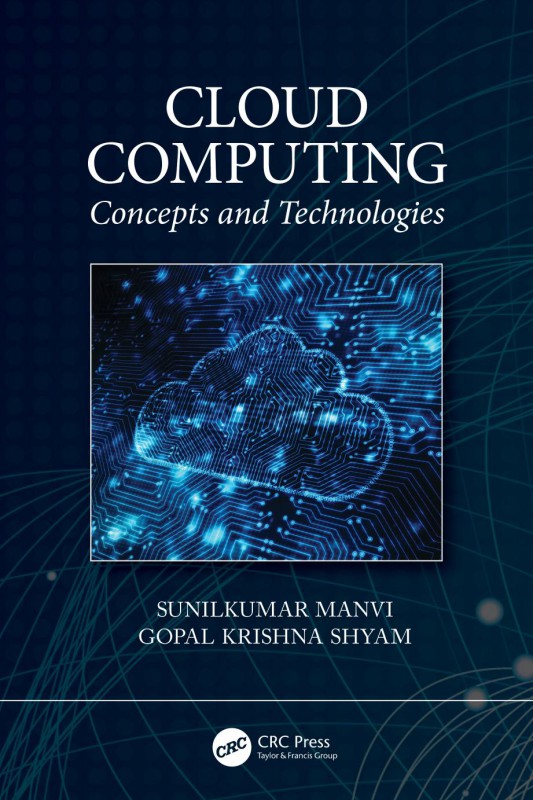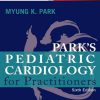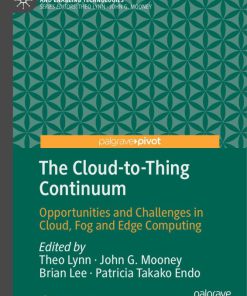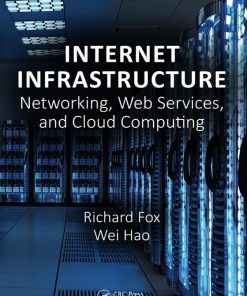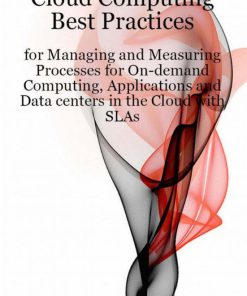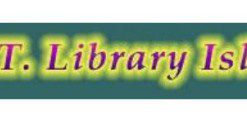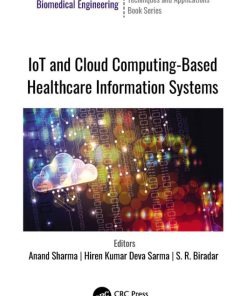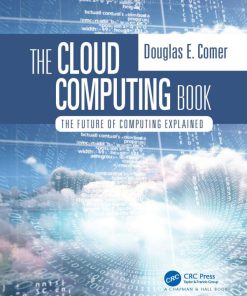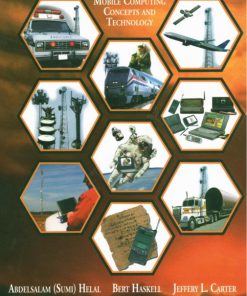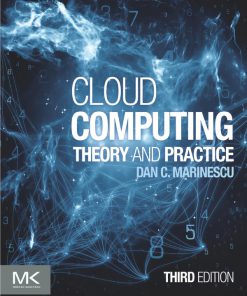Cloud Computing Concepts and Technologies 1st edition by Sunilkumar Manvi 9781000338058 1000338053
$50.00 Original price was: $50.00.$25.00Current price is: $25.00.
Authors:Dr. Sunilkumar Manvi , Series:Computer Science [129] , Tags:Computer Science , Author sort:Manvi, Sunilkumar , Languages:Languages:eng , Published:Published:Jan 2021 , Publisher:CRC Press , Comments:Comments:Comprehensive and timely, Cloud Computing: Concepts and Technologies offers a thorough and detailed description of cloud computing concepts, architectures, and technologies, along with guidance on the best ways to understand and implement them.
Cloud Computing Concepts and Technologies 1st edition by Sunilkumar Manvi – Ebook PDF Instant Download/Delivery.9781000338058, 1000338053
Full download Cloud Computing Concepts and Technologies 1st edition after payment
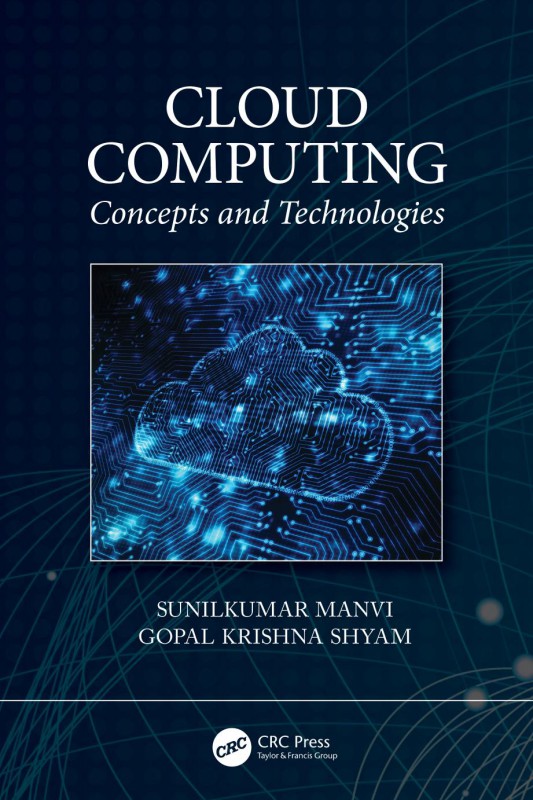
Product details:
ISBN 10: 1000338053
ISBN 13: 9781000338058
Author: Dr. Sunilkumar Manvi
Comprehensive and timely, Cloud Computing: Concepts and Technologies offers a thorough and detailed description of cloud computing concepts, architectures, and technologies, along with guidance on the best ways to understand and implement them. It covers the multi-core architectures, distributed and parallel computing models, virtualization, cloud developments, workload and Service-Level-Agreements (SLA) in cloud, workload management. Further, resource management issues in cloud with regard to resource provisioning, resource allocation, resource mapping and resource adaptation, ethical, non-ethical and security issues in cloud are followed by discussion of open challenges and future directions. This book gives students a comprehensive overview of the latest technologies and guidance on cloud computing, and is ideal for those studying the subject in specific modules or advanced courses. It is designed in twelve chapters followed by laboratory setups and experiments. Each chapter has multiple choice questions with answers, as well as review questions and critical thinking questions. The chapters are practically-focused, meaning that the information will also be relevant and useful for professionals wanting an overview of the topic.
Cloud Computing Concepts and Technologies 1st Table of contents:
1. Introduction
1.1 Cloud Computing
1.2 Service Delivery Models
1.3 Deployment Models
1.4 Characteristics and Benefits of Cloud Computing
1.5 Cloud Computing Platforms and Technologies
Bibliography
2. Distributed and Parallel Computing
2.1 Distributed Computing
2.2 Properties of Distributed Systems
2.3 Performance Consideration in Distributed Computing
2.3.1 High-Level Architecture of Remoting Protocols
2.3.2 Synchronous and Asynchronous SOAP Architecture
2.4 Parallel Computing
2.5 Performance Consideration in Parallel Computing
2.6 Amdahl’s Law
2.7 Types of Parallelism
2.8 Flynn’s Classical Taxonomy
2.9 Classes of Parallel Computers
Bibliography
3. Multicore Architectures
3.1 Multicores in Cloud Computing
3.1.1 Parallel Hardware
3.1.2 Parallel Software
3.2 Classes of Parallelism
3.3 Limitations of Multicore Architectures
Bibliography
4. Virtualization
4.1 Virtualization Technology
4.2 Virtualization Platforms
4.2.1 Xen Virtualization
4.2.2 VMware
4.3 Virtualization Techniques
4.3.1 Hypervisor Virtualization
4.3.2 Guest OS Virtualization
4.3.3 Shared Kernel Virtualization
4.3.4 Kernel Level Virtualization
4.4 Pros and Cons of Virtualization
Bibliography
5. Infrastructure-as-a-Service (IaaS) Delivery Model in Cloud
5.1 IaaS in Cloud
5.2 IaaS Benefits
5.3 Management of VMs in IaaS
5.4 IaaS Providers
5.4.1 Amazon AWS
5.4.2 Windows Azure
5.4.3 Google Compute Engine
5.4.4 Rackspace Open Cloud
5.4.5 HP Enterprise Converged Infrastructure
5.5 Keys to Successfully Moving to IaaS
5.6 Challenges of IaaS
Bibliography
6. SaaS and PaaS in Cloud
6.1 SaaS in Cloud
6.2 SaaS Characteristics
6.3 SaaS Implementation
6.4 SaaS Examples
6.5 Advantages and Disadvantages of SaaS
6.6 PaaS in Cloud
6.7 PaaS Characteristics
6.8 PaaS Implementation
6.9 PaaS Examples
6.10 Advantages and Disadvantages of PaaS
6.10.1 Types
Bibliography
7. Capacity Planning in Cloud
7.1 Cloud Capacity Model
7.2 Probabilistic Auto-scaling for Capacity Planning
7.3 Advantages of Capacity Planning
Bibliography
8. SLA Management in Cloud Computing
8.1 Components of SLA
8.1.1 Common Metrics in SLA
8.1.2 Specific Example
8.2 Life Cycle of SLA
8.3 SLA Management System in Cloud
Bibliography
9. Resource Management in Cloud
9.1 Significant Resources in Cloud
9.2 Issues in Resource Management
9.3 Solutions to Resource Management Issues
9.3.1 Resource Provisioning
9.3.2 Resource Allocation
9.3.3 Resource Mapping
9.3.4 Resource Adaptation
Bibliography
10. Cloud Computing Development Tools
10.1 Kernel Virtual Machine (KVM)
10.2 DeltaCloud
10.3 Eucalyptus
10.3.1 Architecture
10.3.2 Components
10.4 OpenStack
10.5 SaltStack
10.6 Apache CloudStack
10.6.1 Using the OpenStack Dashboard for Administration
10.6.2 Command-Line Tools
10.6.3 Create an OpenStack Development Environment
10.7 AWS Cloud Development Kit (AWS CDK)
10.8 Windows Azure SDK
Bibliography
11. Cloud Security
11.1 Data Security
11.2 Encryption Techniques in Cloud
11.2.1 Decentralized Key-Policy Attribute-based Encryption
11.2.2 Security Game
11.2.3 Fully Homomorphic Encryption (FHE)
11.2.4 Searchable Encryption
11.2.5 Web Processing Service (WPS)
11.3 Infrastructure Security
11.3.1 Infrastructure Security: The Network Level
11.3.2 Trust Zones (TZ) Scheme Infrastructure Security
11.4 PaaS Application Security
11.5 SaaS Application Security
11.5.1 FHE Scheme for SaaS Security
11.6 Securing Virtual Servers
11.7 Cloud Security Controls
Bibliography
12. Technical and Legal Issues in Cloud Computing
12.1 Technical Issues in Cloud
12.1.1 SaaS Issues
12.1.2 PaaS Issues
12.1.3 IaaS Issues
12.2 Performance Challenges in Cloud
12.3 Legal Issues
Bibliography
People also search for Cloud Computing Concepts and Technologies 1st :
what are the concepts of cloud computing
explain cloud computing technology
cloud computing concepts technology and architecture
cloud computing concepts llc

